The Sony A9 III is expected to be the next installment in Sony's speedy full-frame mirrorless camera series, the Alpha A9 family. The original A9 was a trailblazer for stacked full-frame sensors and its successor, the Sony A9 II, offers exceptional stills burst shooting without the price tag commanded by the Sony A1.
Sony’s next-generation A9 camera, the Sony A9 III, is expected to launch later this year, and may push the series’s speed even further. We’re talking stills so fast you could use them as frames in a video, something that was actually already partially achieved in the A9 II.
We also expect to see Sony improve things in the video department, which would make the A9 III more of an all-rounder. This is particularly important at a time when traditional photographers are increasingly dabbling in video, whether professionally or as a hobby.
It's still pretty early days for Sony A9 III rumors, but we've rounded up all of the latest speculation below – and further down this page, also added our thoughts on the features we'd like to see from Sony's next speed demon.
Sony A9 III release date and price
We originally expected the Sony A9 III to launch in late 2021. That clearly didn’t happen, but it made sense back in late 2020 – after all, there was a two-and-a-half year gap between the Sony A9 (which arrived in April 2017) and the A9 II, which landed in October 2019.
According to the latest speculation, it now looks like the Sony A9 III will arrive in late 2022. If so, that would push the gap between models to around three years, though it's understandable given the pandemic-related chip shortages that are likely to continue for much of this year.
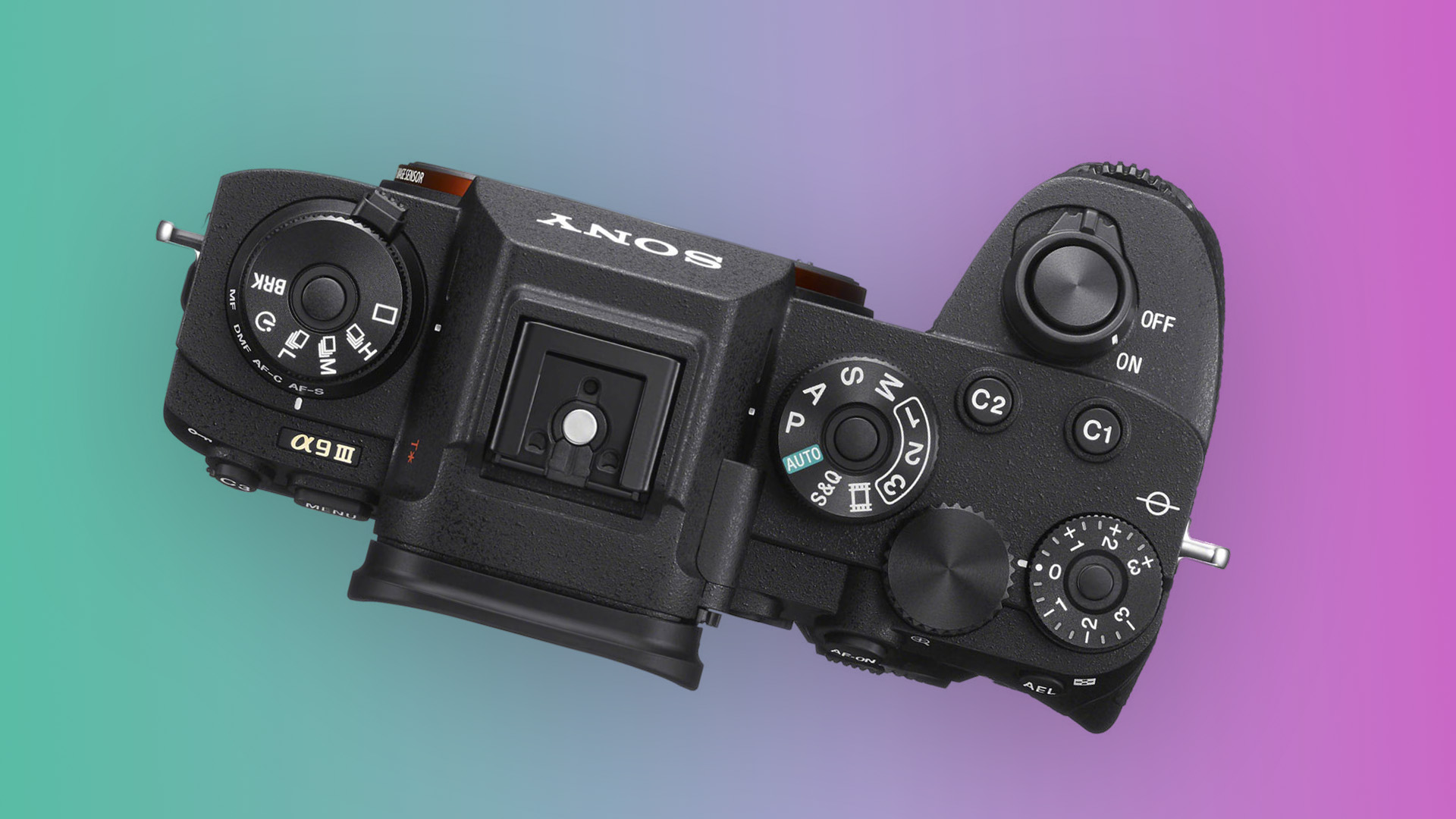
This means it's a little too early for leaked pricing. However, the two most commonly suggested prices for the A9 III are $4,999 (around £3670 / AU$6,900) and $5,999 (about £4,400 / AU$8,285). That lower figure was recently published by Weibo account Camera Beta, although no source was cited, so should be taken with a hefty pinch of salt.
Still, it does seem likely that the A9 III would cost somewhere in between those figures. The original Sony A9 cost $4,500 / £4,500 / AU$6,999, with the A9 II going on sale for the same price (aside from in the UK, where it arrived for £4,800).
Rumors and features
While you'll find lots of lists of reported Sony A9 III specs online, most of these appear to be based largely on speculation, rather than leaks from Sony.
These reports say the A9 III will either keep the same resolution as its predecessor, 24.2MP, or use a much higher-resolution 50MP sensor and have 8K resolution video. The two are mutually exclusive, as a 24.2MP sensor does not have enough pixels to record 8K video.
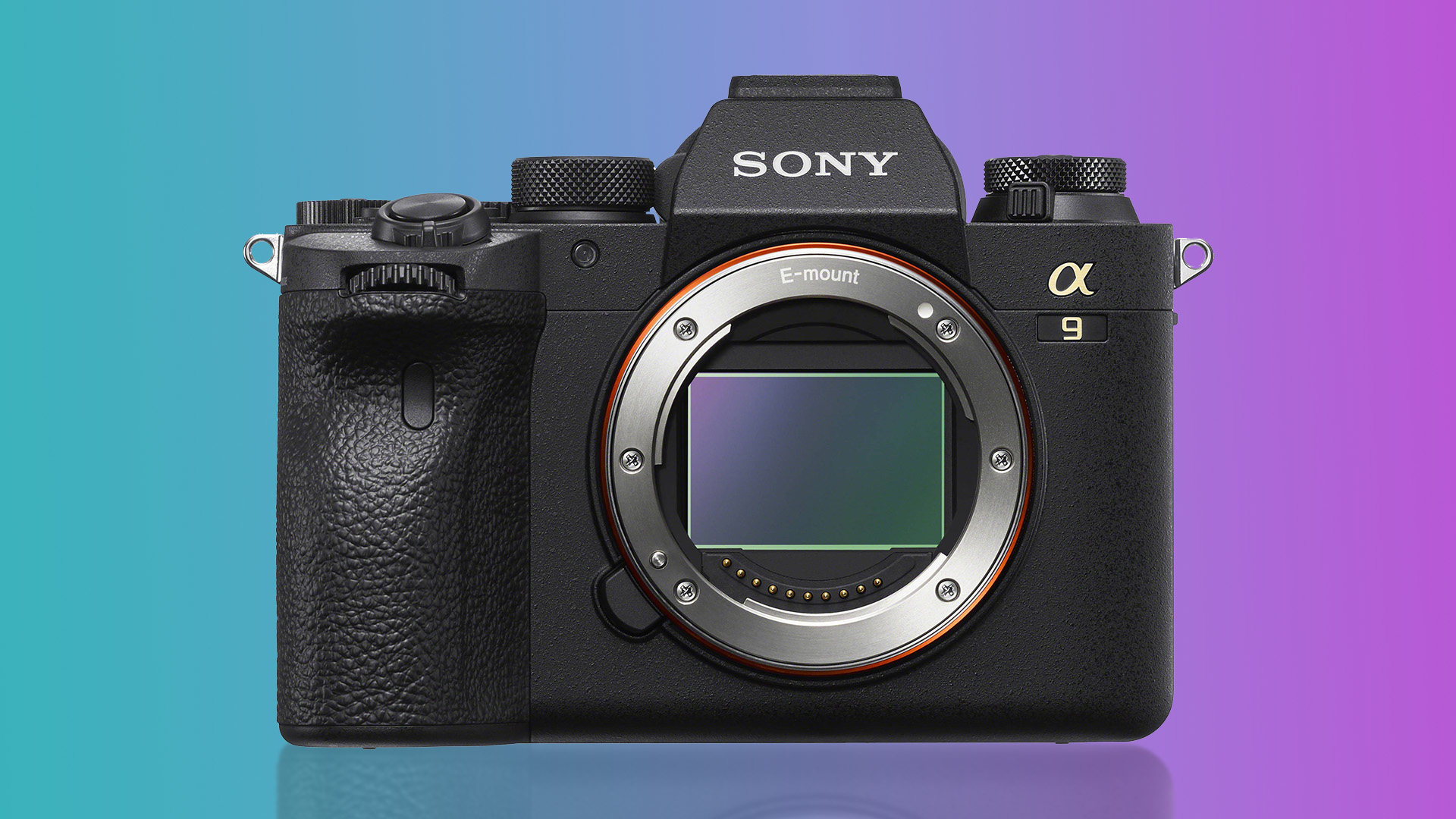
Our initial reaction to this is that the Sony A9 III does not need 8K video. This is not a video-led camera range, and even Sony’s most video-focused full-frame camera, the Sony A7S III, does not have 8K video. Factors like dynamic range and the proper handling of the pixels that you do have are more important than having stacks upon stacks of pixels – in the context of a sports camera like the A9 III, at least.
A very high-resolution sensor also plays against the A9 series’s strength, which is extreme burst performance. While the latest Sony Bionz XR processor is something of a marvel, and is capable of handling 30fps capture at 50MP – as shown on the Sony A1 – there still remains a trade-off between resolution and both burst duration and speed. Using the same resolution as the Alpha A1 could also potential blur the borders between the camera series' too much.

So while it's early days for Sony A9 III rumors, we think the retention of a 24.2MP full-frame stacked sensor – as rumored by multiple outlets in January – is the most likely scenario. This will apparently be joined by 30fps burst shooting with AF/AE tracking, improved in-body image stabilization and 4K video recording with full pixel readout.
One thing we will be interested to see, though, is whether or not the A9 III will have a mechanical shutter. With the Nikon Z9 recently setting the precedent of arriving without a mechanical shutter – thanks to the speed read-out speeds of its stacked sensor – this is surely also a possibility for Sony's next sports camera.
Sony A9 III: what we want to see
1. Up to 40fps burst
The Canon EOS R3 is a key Sony A9 III rival. It’s a classic sports photographer camera with a great big body made for a sure grip and a long battery life. It can also shoot images at up to 30fps. Sony has already reached this figure with the Sony A1, but could it go every further with the Sony A9 III? Possibly.
If the Sony A9 III has a 24MP sensor similar to the IMX410CQK, it may be able to hit 40fps. This sensor is not particularly new – its documentation was published way back in 2018. But let’s not forget this camera may have been in the works for a while. The sensor has a maximum read-out speed of around 40fps at full resolution, so if the Sony A9 III’s processing pipeline can handle the strain, the camera should be able to reach that level.
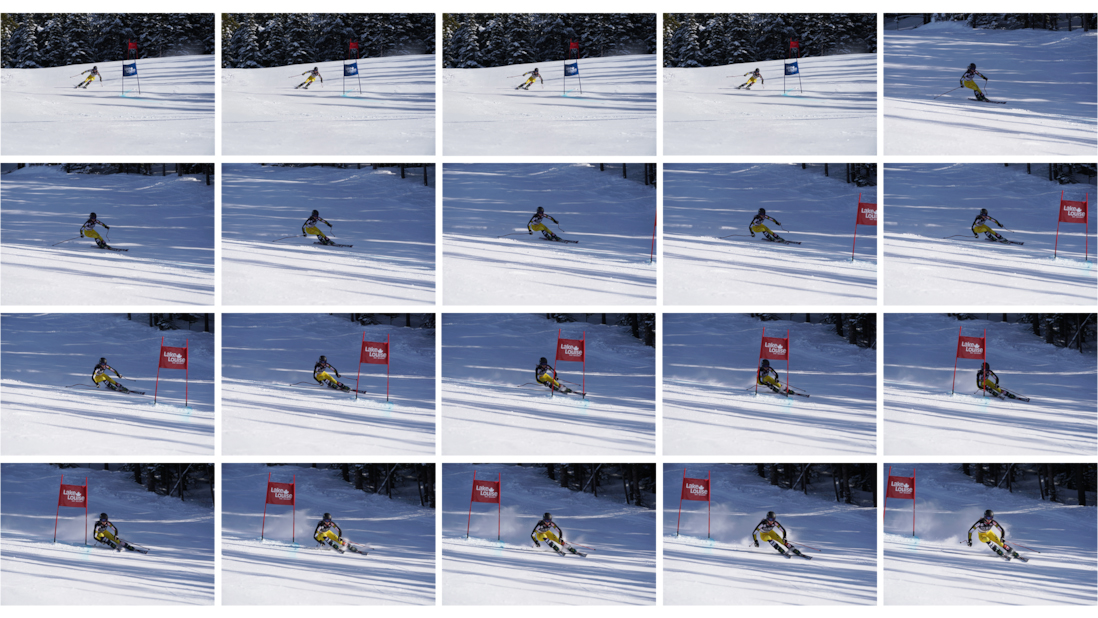
This would let Sony indulge in its favorite hobby; beating Nikon and Canon on the numbers. However, the 40fps read-out mode of the IMX410CQK does have a compromise, reducing bit-depth from 14-bit to 12-bit. Ideally, the Sony A9 III would not actually use this sensor – we are simply referring to it as it actually exists and is fully documented.
A fast mode like this would use the electronic shutter. There’s still a question of how quick Sony can get its mechanical shutter to operate. The Alpha A1’s mechanical shutter allows for 10fps. But considering the Canon EOS R3 manages 12fps we would not be surprised to see Sony aim for the 12fps or slightly higher. However, in this kind of camera the mechanical shutter has arguably become a secondary mode of shooting, so perhaps 10fps will remain the hard limit for it.
Some have argued Sony may need to drop down peak burst speeds a little when storing uncompressed raw files plus JPEGs. Still, 40fps at the most data-hungry capture mode seems feasible considering the 30fps pace of the Alpha A1, which is dealing with a much higher-resolution sensor.
2. A bigger buffer
Buffer size is also hugely important for a camera like the Sony A9 III. The Sony A9 II can handle up to 361 JPEGs before needing to flush the buffer, dropping to 120 frames when capturing JPEGs plus uncompressed raw files.
Our best guide for the A9 III’s performance is perhaps the Sony A7 IV, which has a higher resolution sensor but can shoot over 1,000 raw files when recording to a CFexpress card at 10fps. This suggests the A9 III will have effectively unlimited burst shooting in at least some of its capture modes.
We think unlimited capture at maximum speed, storing uncompressed raws, is probably too much to ask. This requires that the total data burden is less than the sustained write speed of a CFexpress card, which is likely to be around or above 400MB/s — the much higher claims seen on memory card packaging relate to shorter write bursts, not sustained performance.
If we assume raw files sizes are likely to be similar to the A9 II’s, uncompressed files will sit at around 47MB, compressed ones at around 24MB.
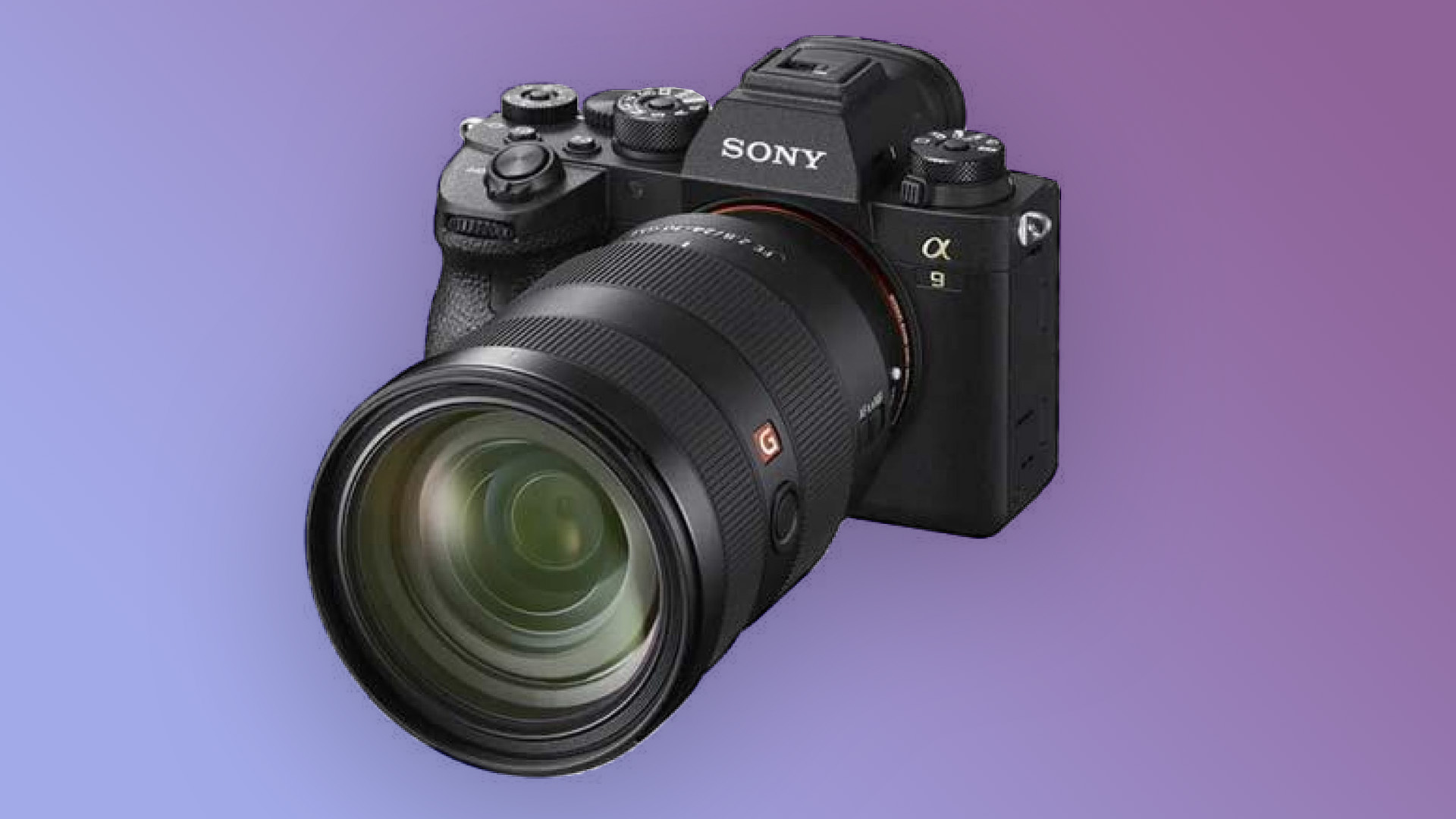
This suggests the peak rate for continuous capture is at least 15-16fps for compressed raws, 8fps for uncompressed ones. However, Sony could theoretically treat two CFexpress cards like a RAID 0 drive array, writing to both concurrently. This would double the potential throughput, allowing for much faster limitless capture of compressed RAWs.
Even better results would be possible with CFexpress Type B cards, but Sony’s top-end cameras currently use the smaller SD-size Type A cards. They are arguably more convenient, as memory card slots can function as combi SD/CFexpress interfaces, but are slower. While Sony is one of the main producers of CFexpress Type B cards, it is yet to make a camera that supports the standard.
While we don’t expect Sony to switch to CFexpress Type B in the A9 III, as it seems pretty enamored with the flexibility and friendliness of Type A, it is as good a candidate as any to use a CFexpress Type B/XQD slot.
3. Superior EVF and screen
We think the Sony A9 III is likely to have a much better EVF than the A9 II. The older camera has a 3.68-million dot EVF, equivalent to 1280 x 960 pixels. A 9.44-million dot affair is currently the ideal EVF spec, offering 2048 x 1536 resolution. That’s the same as an older-generation iPad, and looks excellent.
Such a high-spec viewfinder does not seem unrealistic considering the fairly high expected cost of the Sony A9 III. The screen is likely to continue to use a rear tilt arrangement like the A9 II. This means it can articulate across one axis, for fast shooting above and below head level.
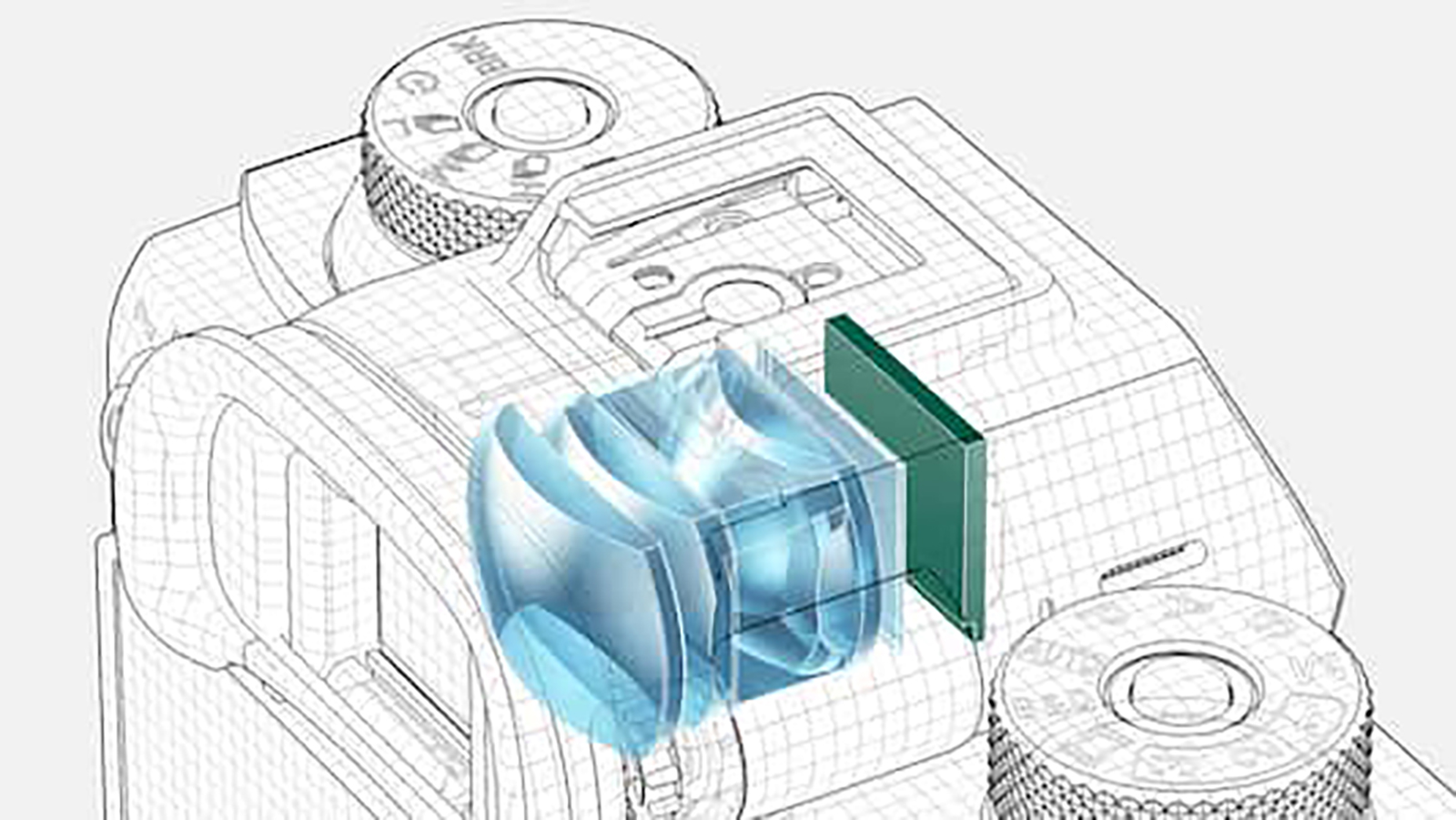
It makes sense for Sony not to use a classic, fully-articulated design in the A9 III. That style can feel fiddly, and is more useful in a camera design primarily for video use. However, ideally we’d get a dual-hinged display like the Fujifilm X-T2’s, which offers the fast feel of a tilt screen with some of the flexibility of a fully articulated design.
It doesn’t look like we’ll get this, but the Sony A9 III is expected to have Sony’s newer menu system style seen in cameras like the A7S III. Why wouldn’t it?
4. A big video boost
If we make peace with the idea the Sony A9 III will have a 24MP resolution sensor, 8K video is off the cards. But this does not mean the camera will be free of major video capture improvements.
The sensor is still high-res enough to allow for 6K resolution capture, and the IMX410CQK we already know about can handle 6K at 30 frames per second. This kind of resolution ceiling improvement would be a comfortable upgrade for the A9 III – something to laud over the A7 IV, while not throwing shade on the Alpha A1.
That’s a possible added feature, not a hugely likely one, but the Sony A9 III is highly likely to be able to record 4K video at 60 frames per second. But will it do so without a sensor crop?
This would involve downsampling roughly 6K footage to 4K resolution. The Alpha A7 IV suggests we may have to put up with a cropped image when shooting at 4K, at least at higher frame rates. That camera can shoot 4K at 24fps using the full frame width, at a 1.2x crop in the 30fps mode or a 1.5x APS-C crop at 60fps.
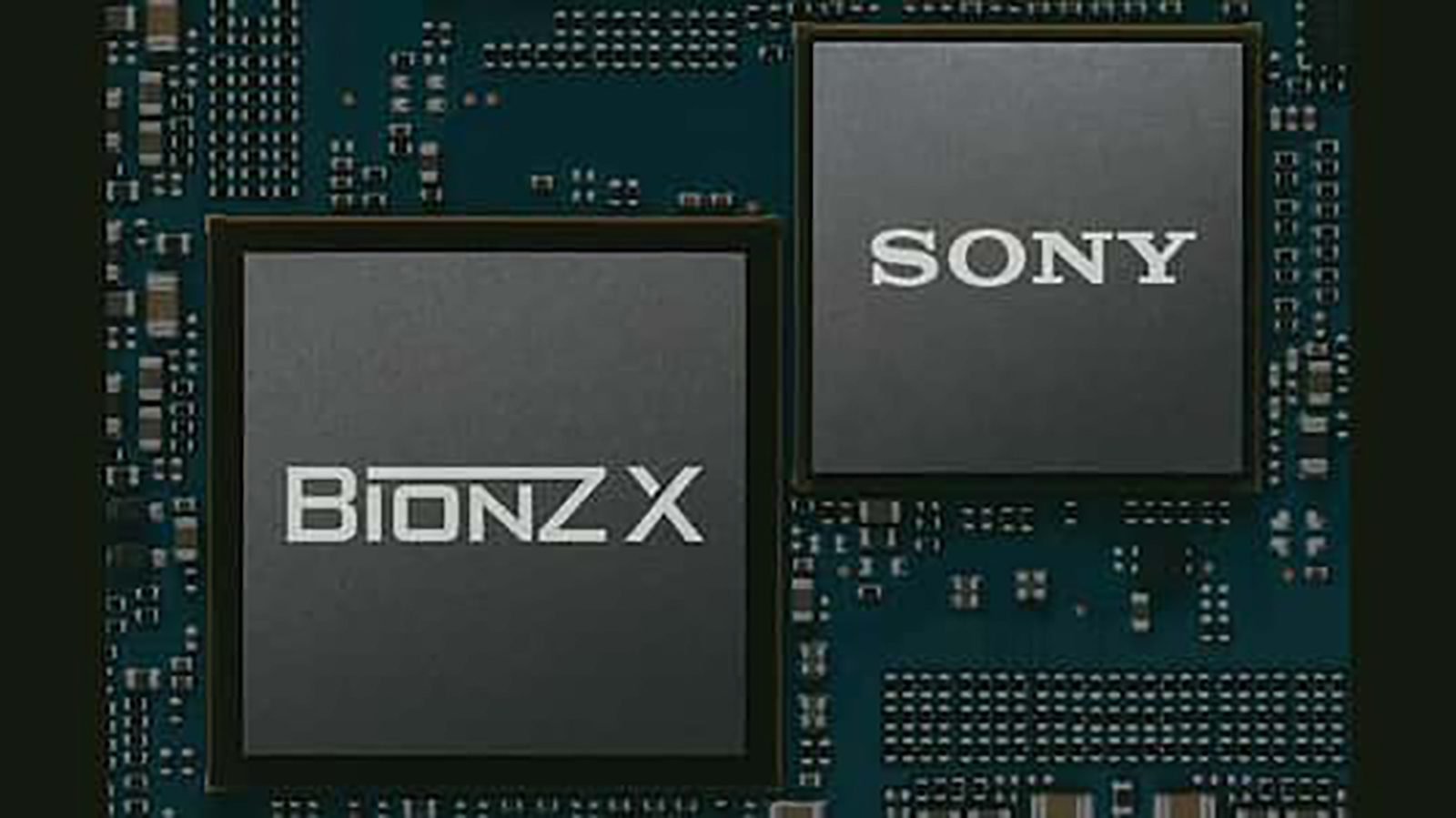
Sony’s top-end A1 can shoot 4K/60p at its full-frame width, but this uses pixel binning rather than the more desirable oversampling method. Oversampling is where you take the full pixel read-out, generating a 4K picture from more than 4K’s worth of image data. Pixel binning involves grouping up photo sites at the point of capture, but is a much less processor-intensive job than oversampling.
The Sony A9 III is not a good candidate for pixel binning thanks to its awkward resolution. Our most likely outcome is that the camera will be able to shoot perhaps 4K/30p at full-frame width using oversampling, and 4K/60p with a crop. A roughly 1.45x crop would be required to get a native 4K read-out, without needing oversampling or pixel binning.
We think the A9 III will use the same Bionz XR processor as the rest of this generation, which is why it will have to deal with compromises similar to those seen in the A7 IV and Alpha 1.
We would also not be surprised to see some of Sony’s videographer-friendly shooting modes come to the A9 III. The Sony A9 II does not have any 'flat' S-Log shooting profiles, which isn't great.
This was Sony telling us the A9 II was not made for video. However, cameras like the A7S III have such a wealth of profiles it feels like Sony could grant the A9 III at least a couple without stepping on the toes of the more video-led cameras.
- Check out our guide to the best Sony cameras you can buy right now
from TechRadar - All the latest technology news https://ift.tt/wg6yZXn